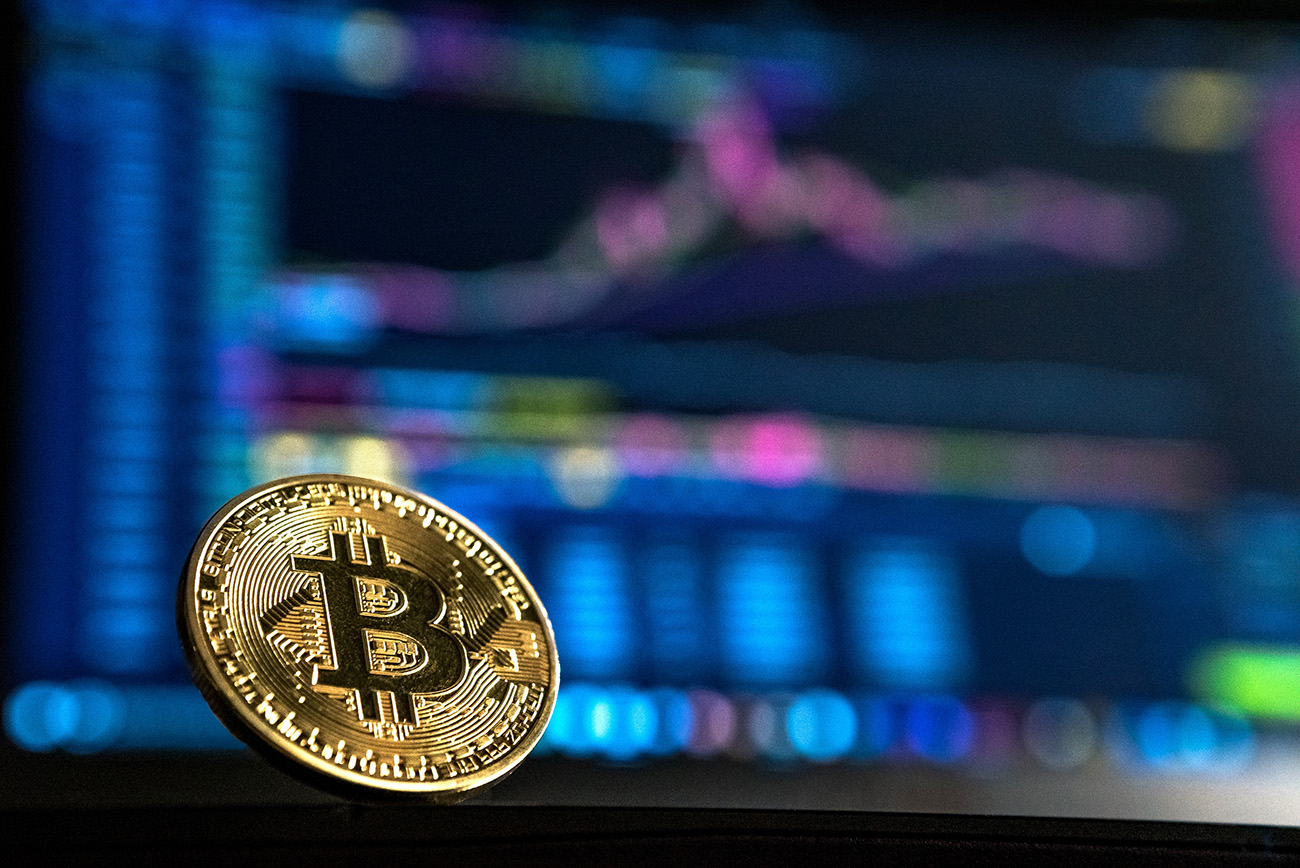what is the market cap of all cryptocurrencies
What is the market cap of all cryptocurrencies
The mining process is most commonly associated with proof-of-work (PoW) cryptocurrencies. This consensus algorithm requires miners to put in computational effort to secure the network https://ritzycruises.com/vip-multihand-blackjack/. The most famous example of this is Bitcoin, which uses PoW. However, as I dug deeper into the world of cryptocurrencies, I realized that mining is not the only way to create a cryptocurrency.
The miner then attempts to convert this candidate block into a confirmed block. To do this, they must solve a complex math problem that requires a lot of computing resources. However, for each successfully mined block, the miner receives a block reward consisting of newly created cryptocurrencies plus transaction fees. Let’s take a closer look.
The concept of Bitcoin mining is often misunderstood, but it’s a crucial part of the Bitcoin ecosystem. The total supply of Bitcoin is capped at 21 million, and once all of these coins are mined, the process will come to an end.

All the cryptocurrencies
A token is a digital asset created on an existing blockchain platform. They represent various types of assets or utilities. Tokens are not native to the blockchain they’re built on and can include utility tokens, security tokens, or non-fungible tokens (NFTs). Examples of tokens are Uniswap (UNI), Binance Coin (BNB) and Chainlink (LINK).
These crypto coins have their own blockchains which use proof of work mining or proof of stake in some form. They are listed with the largest coin by market capitalization first and then in descending order. To reorder the list, just click on one of the column headers, for example, 7d, and the list will be reordered to show the highest or lowest coins first.
Price volatility has long been one of the features of the cryptocurrency market. When asset prices move quickly in either direction and the market itself is relatively thin, it can sometimes be difficult to conduct transactions as might be needed. To overcome this problem, a new type of cryptocurrency tied in value to existing currencies — ranging from the U.S. dollar, other fiats or even other cryptocurrencies — arose. These new cryptocurrency are known as stablecoins, and they can be used for a multitude of purposes due to their stability.

A token is a digital asset created on an existing blockchain platform. They represent various types of assets or utilities. Tokens are not native to the blockchain they’re built on and can include utility tokens, security tokens, or non-fungible tokens (NFTs). Examples of tokens are Uniswap (UNI), Binance Coin (BNB) and Chainlink (LINK).
These crypto coins have their own blockchains which use proof of work mining or proof of stake in some form. They are listed with the largest coin by market capitalization first and then in descending order. To reorder the list, just click on one of the column headers, for example, 7d, and the list will be reordered to show the highest or lowest coins first.
Are all cryptocurrencies the same
Bitcoin is regarded as the first decentralized cryptocurrency using blockchain technology to facilitate payments and digital transactions. Instead of using a central bank to control the money supply in an economy (like the Federal Reserve in tandem with the U.S. Department of the Treasury) or third parties to verify transactions (such as your local bank, credit card issuer, and the merchant’s bank), Bitcoin’s blockchain acts as a public ledger of all transactions in the history of Bitcoin.
A cryptocurrency is deflationary when it has a fixed supply, meaning fewer coins are created over time. Inflationary cryptocurrencies have no supply cap and continue to increase in circulation. Understanding this difference can help you assess long-term value, especially if you’re holding or trading different types of digital assets.
Founded in 1993, The Motley Fool is a financial services company dedicated to making the world smarter, happier, and richer. The Motley Fool reaches millions of people every month through our premium investing solutions, free guidance and market analysis on Fool.com, personal finance education, top-rated podcasts, and non-profit The Motley Fool Foundation.
